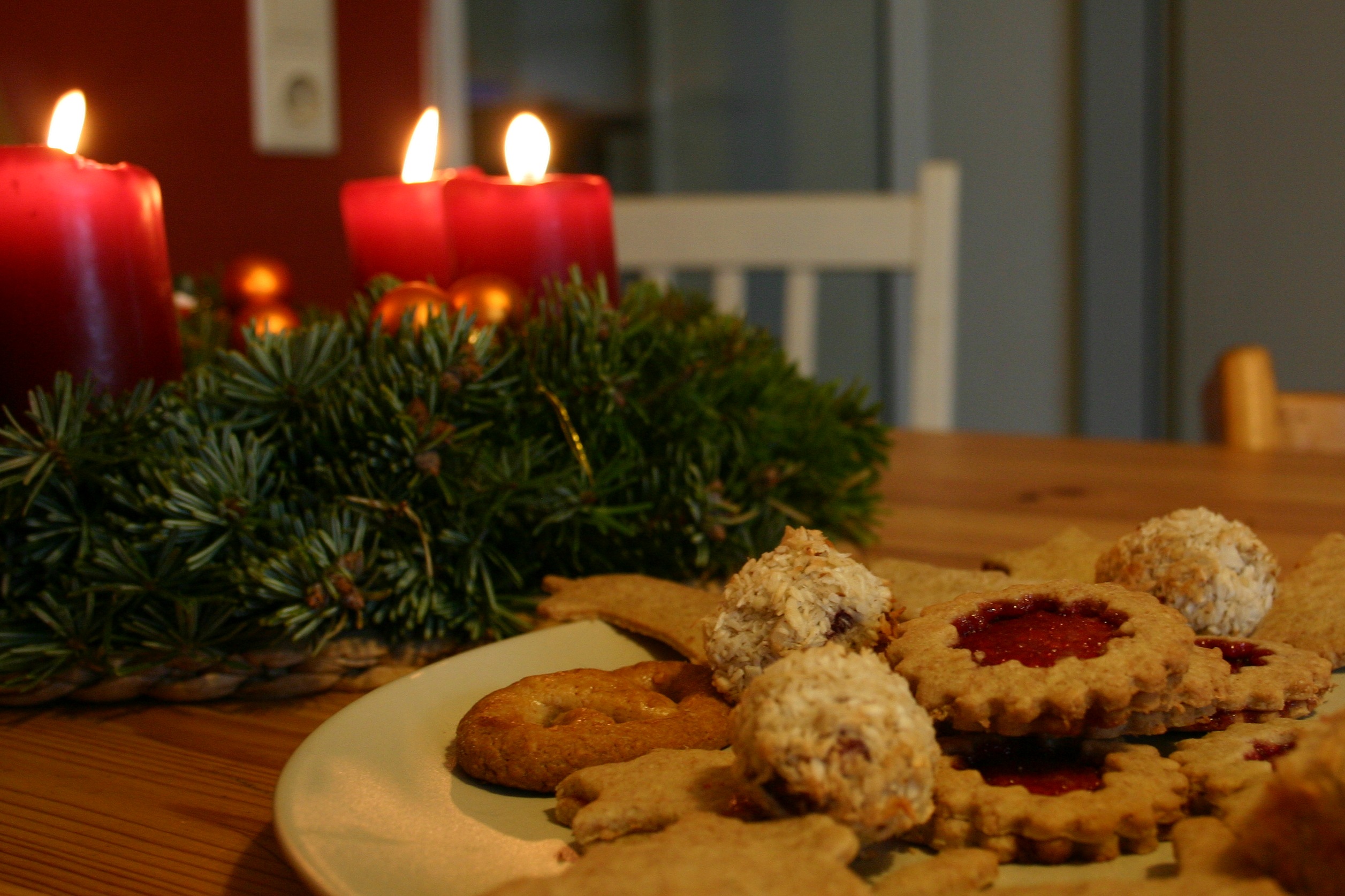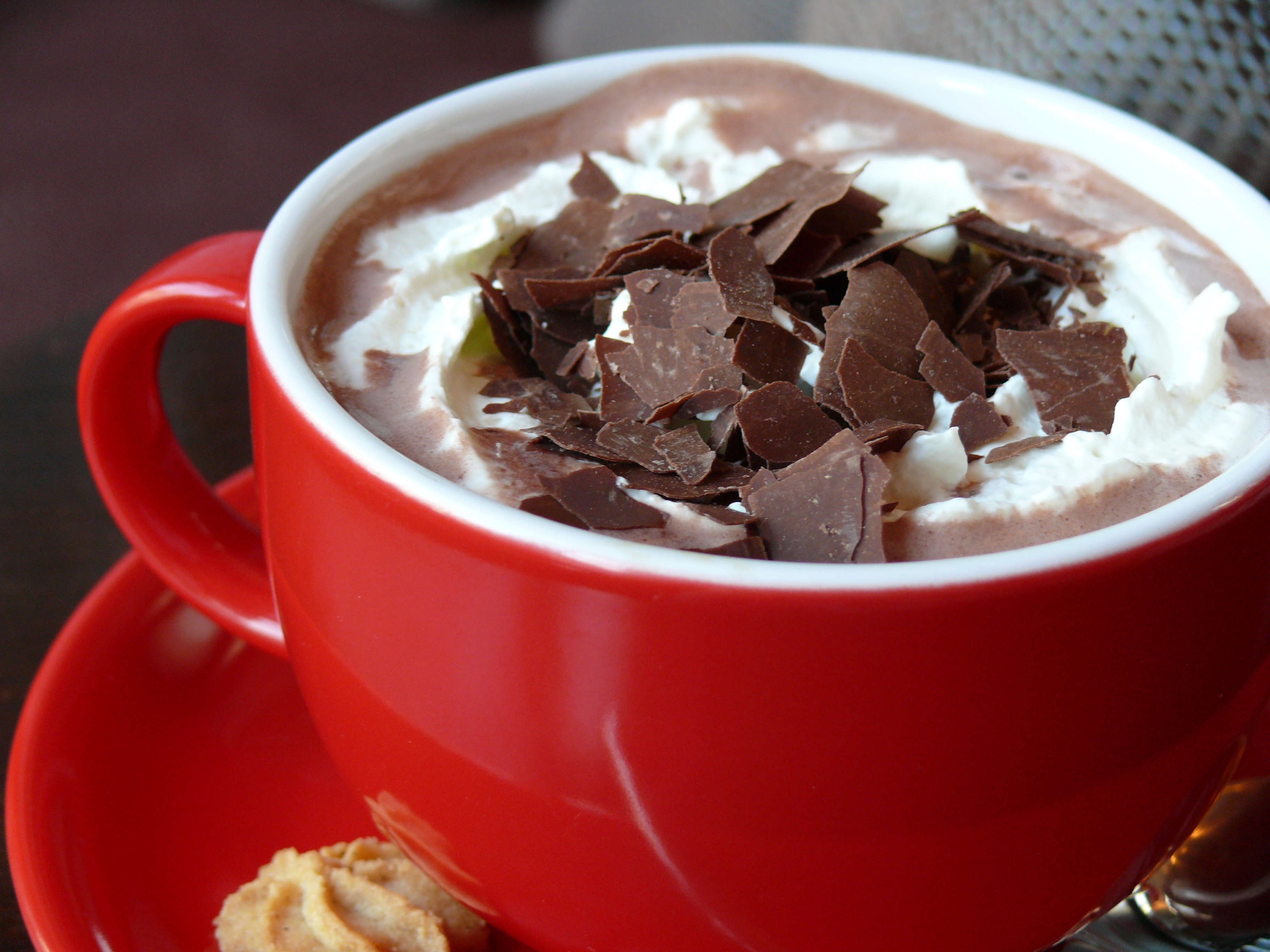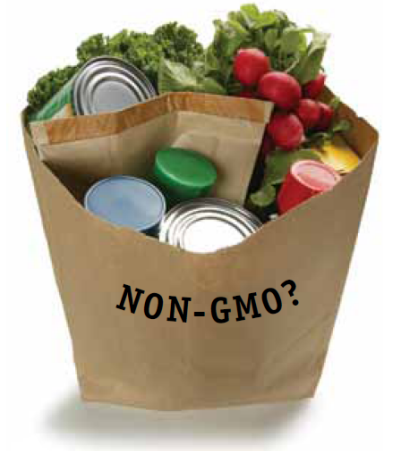Joy Bauer's Food Cures has been revised and updated; I was fortunate enough to have a copy recently come across my desk.
As those of you reading my blog know, I am a huge proponent of food and it's ability to help support a healthy body. We are what we eat; eating whole food and practicing wholesome nutrition goes a long way toward supporting our bodies and in dealing with health issues.
Broken down into several easy to understand categories this book covers the basics of understanding nutrition as well as how to, as Joy puts it, "think like a nutritionist." She offers information about how to lose weight and support healthy skin and hair.
Speaking of hair, did you know the average person loses about 100 hairs each day? It turns out that since hair is made from protein if we don't get enough we can actually cause the rate of new hair growth to slow down. In the book Joy points out that hair is a good way to determine overall health and highlights which vitamins (and which foods contain those vitamins) are supportive for healthy hair and nails (which are made from the same hardened keratin protein as hair). Offering more in-depth health and nutrition support, the book also delves into conditions such as cardiovascular disease, diabetes, migraines, IBS and more.
The book is easy-to-read and laid out with step-by-step encouragement and support to help the reader reach their goals for health. The book is also sprinkled with lots of call-out boxes which cover the highlights and answer questions that the reader may have. She includes stories and examples throughout the book which is helpful. In addition to providing the necessary information to help the reader better understand the basics of their condition and how to best support their body each chapter has a 4-Step Program which reminds the reader of the basics, provides a grocery list, offers some additional suggestions, and then also offers meal plans with some delicious looking recipes. Her Citrus Smooth-See recipe on page 272 is delicious as is the Vegetable Oatmeal Bisque on page 322. And the Parmesan Couscous and Ratatouille with Olives, Tomatoes and Fresh Basil on pages 383 (listed below) is a new family favorite.
Joy Bauer's Food Cures provides what you need to know about healthy eating and whole food nutrition. It also gives you information to help you understand how to make those healthy changes.
Parmesan Couscous and Ratatouille With Olives, Tomatoes, and Fresh Basil
Makes 3 servings (1 1/2 cups ratatouille and 1 1/2 cups coucous per serving
Ratatouille
1/2 pound kale, stems trimmed, thinly sliced
Kosher salt
1 tablespoon olive oil
1 large yellow squash, cut into small cubes (about 2 cups)
2 medium tomatoes, diced
1/4 cups kalamata or nicoise olives (7 or 8) pitted and chopped
Pinch of ground red papper
1/4 cup whole basil leaves torn
Couscous
1 cup whole wheat couscous
1 cup sugar snap peas, chopped
1 1/4 cups low sodium chicken or vegetable broth, heated
1/2 cup grated Parmesan cheese
Kosher salt
Ground black pepper
To make the ratatouille:
Heat a deep saute pan over high heat
Add the kale, a sprinkle of salt, and 3/4 cup water
Cook, stirring occasionally for 13-15 minutes or until softened
If the kale becomes too dry add more water
Stir in the oil, squash, tomatoes, olives, and red pepper
Cook for 5-6 minutes or until the squash is tender and the tomatoes lose their shape
Remove from the heat and stir in the basil
Set aside
To make the couscous:
In a medium bowl, mix the couscous and sugar snap peas
Pour the hot broth on top, stir at once and cover with aluminum foil
Allow the couscous to rest for 5-6 minutes or until all the water is absorbed and the couscous is soft and fluffy
Fold the cheese into the couscous and season with salt and black pepper
To serve:
Spoon the couscous onto a plate or bowl and serve the ratatouille on top
To learn more about Joy and the concept of food cures visit her website.
Disclosure: cmp.ly/1, cmp.ly/5























